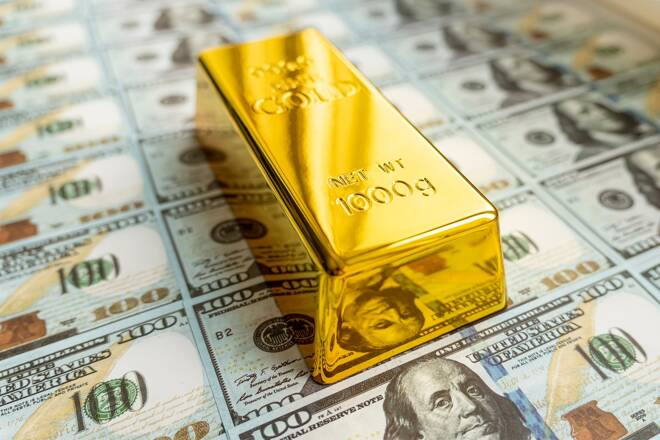Advertisement
Advertisement
Credit Tightening Sparks Recession Fears in Gold and Oil Markets
By:
Gold prices and safe premium fall as the Federal Reserve shifts focus amid recession signals, while oil markets experience tightening credit conditions.
Key Points:
- Gold safe premium decreases, still higher than early March
- China gold premium deflates, signals downside risk
- Oil markets face tightening credit conditions
- Traders cautious of China’s consumption recovery
GOLD
Gold prices are off the post-mini-crisis peak. At the same time, the gold safe premium has fallen from that peak, but bullion has only dropped to $1955-65 oz levels, some USD 140/oz higher than in early March which reflects the significant shift in Fed pricing with DEC FED FUND INDEX declining from 5.56% to 4.32%.
At the same time, policy debates turned from whether Fed funds of 5.6% will be sufficiently restrictive to now thinking the impact of presumed credit tightening could accomplish much of the Fed’s heavy lifting.
But as the mini-crisis abates, traders will likely de-emphasize gold “safe-haven” properties, which likely have run their course on bank runs. It implies short-term downside risk from overbought territory, compounded by the predictive nature of the China gold premium, which has deflated substantially in recent weeks.
But with the H2 recession signal still flashing red, over the near term, it’s unlikely that gold will move back below $1925-1900.
OIL
For oil markets, it’s out of the frying pan and into the fire; tightening credit conditions are flashing recession signals for H2. Unlike stock investors, oil traders quickly sniff out these signals given that Oil prices better reflect the real economy ( last week was an exception) rather than stocks, which sometimes reflect blue skies regardless of what is happening in the real economy.
And through a “wider” lens view, the lack of speculative money willing to move back into play quickly after a VAR shock amid the drop in liquidity is not helpful for a bullish oil view over the next few months, especially with traders remaining somewhat cautious about the strength of consumption recovery in China during this post-Covid era.
About the Author
Stephen Innescontributor
With more than 25 years of experience, Stephen Innes has a deep-seated knowledge of G10 and Asian currency markets as well as precious metal and oil markets.
Advertisement
